#Indígena
Explore tagged Tumblr posts
Text
youtube
Caribbean Writers & Their Art: History, the Caribbean and the Imagination (1991)
Kamau Brathwaite in conversation with Edward Baugh as a part of the Caribbean Writers Summer Institute at the University of Miami.
Speaking on comparative literature in the Caribbean, Brathwaite says, "It is necessary that we do this because the Caribbean although artificially divided into English-speaking, French-speaking, Dutch-speaking, Spanish-speaking, is really part of a whole underground continent of thought and feeling and history."
Commenting on the fragmentation of the region he remarks, "In the days of the Caribs, you could take a canoe and travel easily from St. Lucia to Martinique. Now with the arrival of Europe, despite Europe's technology, it is almost impossible to move from St. Lucia to Martinique, and let me explain that they are within hailing distance from each other."
#kamau brathwaite#barbados#university of west indies#jamaica#edward baugh#literature#caribbean literature#university of miami#clacs#decolonization#colonialism#colonization#west indies#bajan#jamaican#west indian#caribbean islands#antilles#martinique#st lucia#saint lucia#indígena#arawak#taino#indigenous
15 notes
·
View notes
Photo

“Lake Atitlan. Panajachel. 1992. Maya dancers in tiger costumes.” - Thomas Hoepker
#guatemala#mayan culture#native american cultures#latinx#indigenous culture#indigenous#native american#centroamérica#central america#indígena#nativo americano#pueblos indígenas
169 notes
·
View notes
Text

COMO ESPECTROS DE ÁGUILAS
Casi todos los indios se fueron pero no sin antes nombrar los ríos los ríos que discurren y los nombres de los ríos corren con ellos Susquehanna Shenandoah
Ahora los ríos están mermados y sucios pero no así los nombres de los ríos frescos e intactos como siempre puros como en el alba de la creación Tennessee Tombigbee
Si los mismos ríos un día murieran sus nombres volarían no sé cómo ni dónde igual que espectros de águilas esos arrulladores poderosos Missouri Mississippi.
*
LIKE GHOSTS OF EAGLES
The Indians have mostly gone but not before they named the rivers the rivers flow on and the names of the rivers flow with them Susquehanna Shenandoah
The rivers are now polluted plundered but not the names of the rivers cool and inviolate as ever pure as on the morning of creation Tennessee Tombigbee
If the rivers themselves should ever perish I think the names will somehow somewhere hover like ghosts of eagles those mighty whisperers Missouri Mississippi.
Robert Francis
di-versión©ochoislas
#Robert Francis#literatura estadounidense#poesía naturalista#nombres#indígena#ríos#ánima#di-versiones©ochoislas
3 notes
·
View notes
Text

#abraço da serpente#el abrazo de la serpiente#shaman#xamanismo#colombia#amazonia#indigenous#indígena#indigenas
5 notes
·
View notes
Text

«Yo no sé, y confieso mi ignorancia, si los historiadores de América han reparado en esta paradoja: que el ocaso de las culturas indígenas fue más acelerado y decisivo por causa precisamente del respeto ingénito que el español sentía por los indígenas en tanto hombres; es decir, por causa de la total indiferencia del español ante el aspecto racial de lo humano.»
Eduardo Nicol: El problema de la filosofía hispánica. Fondo de Cultura Económica, pág. 96. México, 1998.
TGO
@bocadosdefilosofia
@dias-de-la-ira-1
#eduardo nicol#nicol#el problema de la filosofía hispánica#américa#cultura#culturas#culturas indígenas#colonización#indígena#indígenas#respeto#raza#aspecto racial#españa#español#españoles#hombre#ser humano#humanidad#historia#historiadores#paradoja#aculturación#filosofía del exilio#filosofía hispano-mexicana#teo gómez otero
2 notes
·
View notes
Text
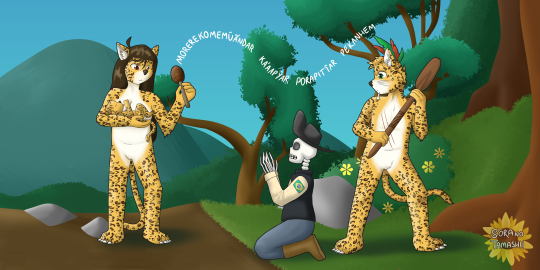
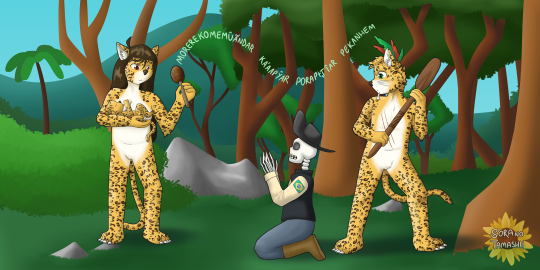

PORTUGUÊS 19 de abril é o Dia dos Povos Indígenas no Brasil. Quis mostrar neste desenho a história e o presente dos povos indígenas por aqui. Decidi desenhar onças, um animal nativo e que representa bravura. O homem está com o osso no queixo como está descrito nos livros de 1500. As cicatrizes mostram a luta para existir. O pedaço de pau é a ferramenta usada para sacrificar inimigos capturados. A mulher está segurando um bebê e um maracá. Os espíritos ancestrais vivem no maracá. Eles estão dizendo: opressores, queimadores de floresta e genocidas, sumam daqui! O bebê representa o futuro para os povos indígenas, que será feito sem esquecer da ancestralidade. O bandeirante é uma caveira. Decidi não associar nenhum animal com a crueldade dos bandeirantes. A caveira também representa a morte que a colonização trouxe. Incluí a bandeira do Brasil para mostrar que o Brasil foi construído apagando os povos indígenas.
GUARANI Japyrundy paporundy Ypykuéra ára hína Brasil-pe. Ahechaukase ko ta'angápe hembiasakue ha hekove ko'ag̃agua ko tetãme. Amoha'ã'akue jagua'áicha, peteĩ mymba ko'apegua ha'éva py'aguasu rechaukaha. Kuimba'e oguereko peteĩ kãngue hendyvápe, ojehaiva'ekue háicha aranduka 1500-arygua. Japihakuéra omoha'anga la ñorairõ hekóre. Pe yvyra ha'e tembiporu ojuka hag̃ua ipyhypyre. Kuña ningo oguereko peteĩ mitã'i ha mbaraka. Ypykuéra ánga oiko hína mbaraka pype. Poroguerekovaiha, ka'aguy hapyha ha porojukaha, pekañy, he'i hikuái. Mitã'i omoha'anga teko oútava ypykuérape g̃uarã, ojejapótava hembiasakue resarai'ỹ. La bandeirante ha'e akãkãngue háicha. Ndamoha'ã mymba bandeirante-kuéra poromombyasyha'ápe. Akãkãngue ohechauka avei te'õ ogueruva'ekue poroguerekovaiha. Amoĩ Brasil poyvi ahechauka hag̃ua ojejapoha ko tetã ypykuéra reko oñemboje'óvo.
ENGLISH April 19th is Indigenous Peoples' Day in Brazil. I wanted to show, in this piece, their history and present as well. I decided to draw them as jaguars, a native animal that represents courage. The man has a bone n his chin, as described in books from the 1500s. His scars show his struggle to survive. The piece of wood he's holding is a tool used to kill captured enemies. The woman is holding a baby and a maraca. The ancestors' spirits live in the maraca. They're saying: oppressors, forest burners and genociders, get lost! The baby represents the future to the indigenous people, which will be made without abandoning their ancestry. The bandeirante is a skull. I chose not to associate any animal with their cruelty. The skull also represents death brought by colonization. I included the Brazilian flag to show Brazil was made by erasing the native peoples.
SOURCES
FurAffinity
DeviantArt
imgur
#furry#anthro#jaguar#onça#jagua#guarani#avañe'ẽ#português#polyglot#multilingual#native#nativo#indígena#originario#originário#landback
23 notes
·
View notes
Text

-Trouxeram lágrimas, trouxeram culto, que ecoa cultura. Cultura que não é só religião é também canção, algo que aquece coração, uma coisa que mexe com a pessoa sem intenção, assim lembro dos griôs. E as lágrimas me fazem lembrar de navios negreiros. E tudo sempre acaba naquilo.
Navio da vida me leve pois quero ficar.

2 notes
·
View notes
Text
Pensadoras del Abya Yala | La Importancia de los Feminismos Latinoamericanos
Que significa para los feminismos latino americanos, “Abya Yala”? Para una feminista de América Latina, la frase “Abya Yala” tiene un significado profundo y multifacético, relacionado tanto con la identidad cultural como con la resistencia política y la reivindicación de los derechos de los pueblos originarios. Aquí hay algunas interpretaciones claves del término “Abya Yala” en este…

View On WordPress
#Abya Yala#América Latina#Autonomía y Soberanía#clasismo#colonialismo#cultura#derechos humanas#diversidad#equidad#Feminismos#feminista#identidad#indígena#interseccionalidad#lucha#movimiento feminista#mujeres#mundo más justo y equitativo#neocolonialismo#pluralidad#pueblos originarios#racismo#reivindicación#resistencia#sexismo#solidaridad
3 notes
·
View notes
Text



Amealco, Querétaro, MX
Photo by saintofcats
13 notes
·
View notes
Text
Visita a Brasília - DF
Dos dias 19 a 22 de outubro estivemos como curso e como turistas no SINFOP, apresentamos trabalho e turistamos um pouco. Confesso que pra mim, a melhor parte foram as visitas e as conversas extra simpósio. E houveram lugres lindos, mas um em especial, não poderia não estar aqui.

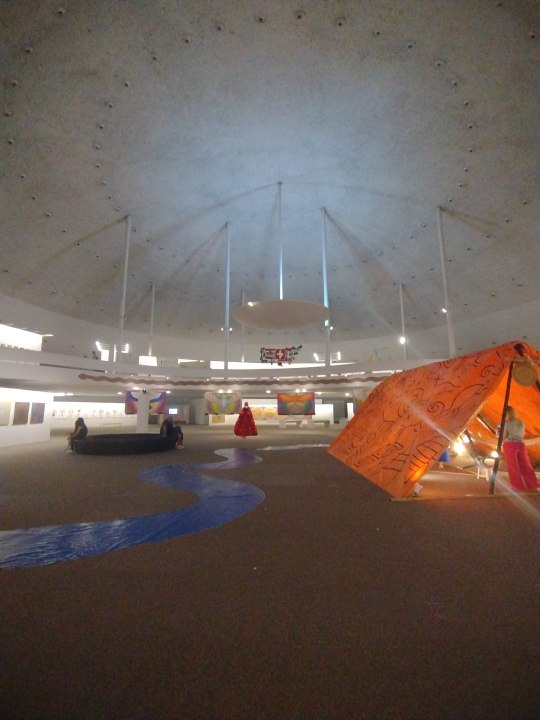
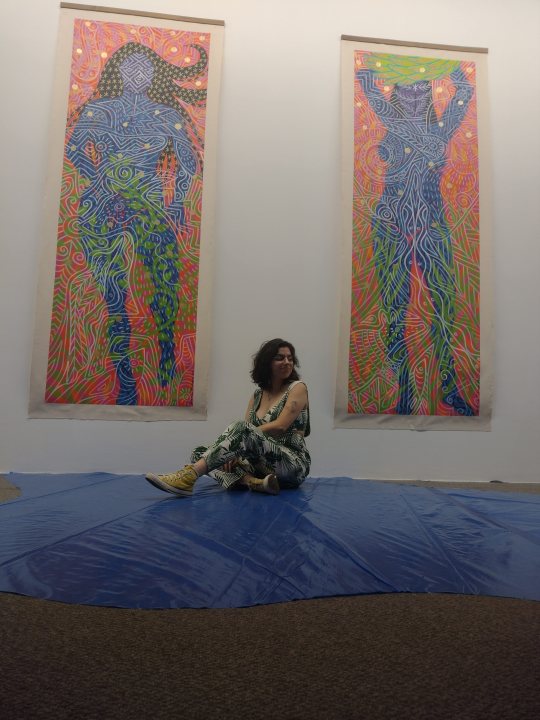



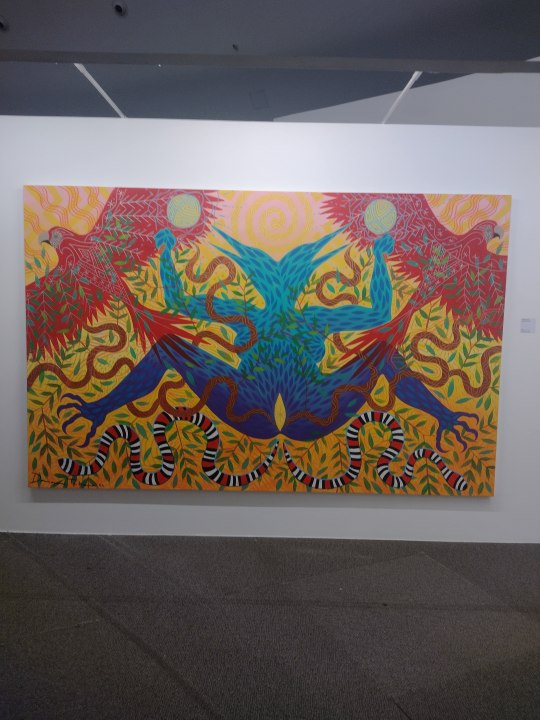
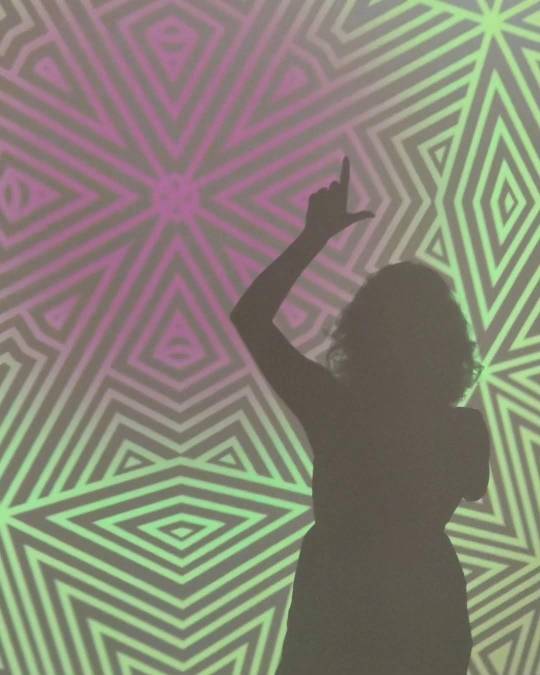
instagram
A Daiara é simplesmente sensacional, eu me vi perdida nas intervenções e nos desenhos, pinturas - e eu esqueci de tirar foto de tanta coisa por causa disso.... - É de tamanha beleza e socos no estômago, é coragem e resistência. Me perdi na sua arte e o tempo foi infinitamente pouco para apreciar o seu olhar do mundo. Não sei transcrever as sensações - o que mostra que ando escrevendo e me expressando pouco -, mas a mulher é sensacional, inteligentíssima e trás, na sutileza e nem só na sutileza, a ligação da mulher com a natureza, com o sagrado, com a vida. Ela é surreal, na verdade ela é muito real, virei fã, obviamente instantaneamente no momento em que pisei em sua exposição.
Foi uma experiência mágica, transcendental, eu não sei, mas fiquei tão impressionada que tirei poucas fotos, pois já tinha a consciência de que nada transportaria o sentimento de estar lá. Foi a coisa mais extraordinária que já vi.
instagram
instagram
#arte#admiração#Daiara Tukano#arte indígena#indígena#indígenas#direitos humanos#feminism#feminismo#Brasil#Instagram
3 notes
·
View notes
Text
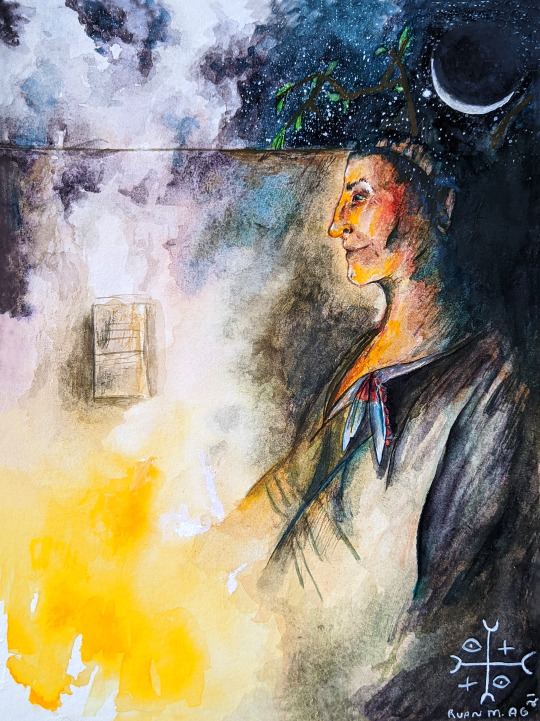
Shaman by Kypris Aquarelas
Prints available here at society6!
#shaman#watercolours#watercolor#aquarela#art#arte#painting#pintura#ilustração#illustration#brazilian artists#brazilian art#amazon#amazônia#native american#nativo americano#indigenous#indígena#cacique#pajé#witchdoctor#xamã#ayahuasca#peyote#medicine man
2 notes
·
View notes
Text
If you participate in electoral politics, if you campaign or vote for colonizers, if you support the illegitimate colonial entity that is the United States, if you support the illegitimate colonial power that controls the lives, lands, and resources of Indigenous peoples (US territories and others) you are an enemy of Indigenous people, directly undermining our sovereignty, and participating in our genocide. “Vote blue no matter who” is anti-indigenous violence. Shaming, harassing, dehumanizing, and daring to BLAME indigenous people for our oppression if we exercise our right to not vote is anti-indigenous violence. You have no right to control Indigenous lands and peoples. If you vote or support voting, ESPECIALY if you dare to weaponize Black and Brown oppression and lives to justify harming us by voting, you are anti-indigenous and signing off on our genocide, so DO NOT INTERACT WITH ME. You are NOT WELCOME on my page.

#Indio Politics#Indigenous Politics#Serpiente Speaks 🐍#native#indigenous#pacific islander#two spirit#africa#pachamama#indígena#Indio#gela’#mamflorita#machom#malalåhi#cultural gender#colonized#connected native
3 notes
·
View notes
Photo


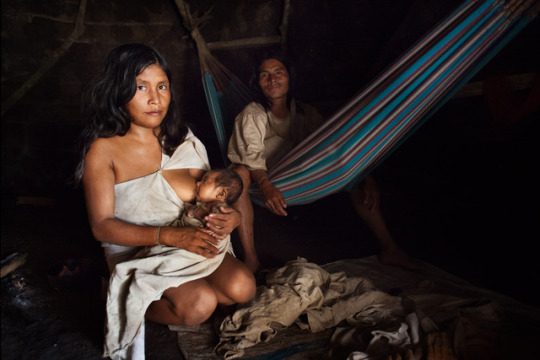
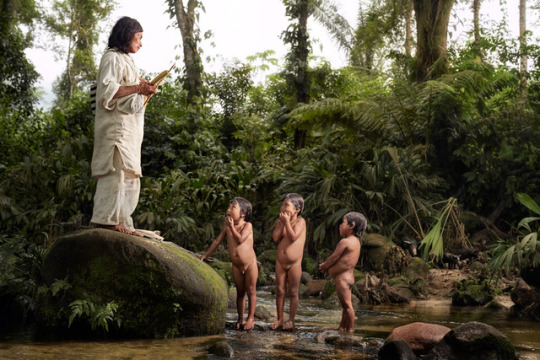

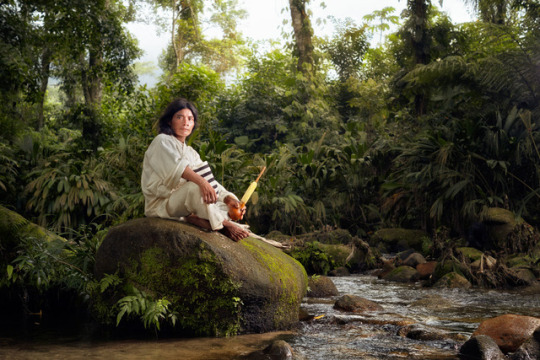
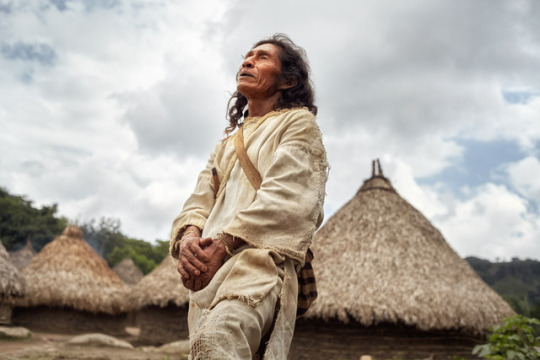


Kogi: The Indigenous people of the Colombian desert
The Kogis are one of the few indigenous people in South America who were able to maintain their pre-Columbian culture. Being a pacifistic ethnic group they never attempted to fight colonists and preferred to move to more isolated areas up the mountain, where they could continue to live their lives without much influence from western culture. They call themselves the “elder brothers” who are taking care of the “Heart of the World” (the Sierra Nevada) and protecting it from the “younger brothers” (non Kogi or Arhuaco Amerindians) who are destroying it. They believe if the “Heart of the World” get's out of balance it will affect the whole world. Having survived the Spanish colonizers, the [Colombian] colonials in the beginning of the century, the Marijuana bonanza of the 80s, the coca planting of the drug cartels and the armed conflict among guerillas and paramilitaries the Kogi are facing their biggest fear now, the destruction of “Heart of the World” due climatic changes.
- Alexander Rieser
#photography#photojournalism#indigenous#native american#indigenous people#kogi#cogui#kágaba#indígena#indígenas#pueblos indígenas
92 notes
·
View notes
Text
4 notes
·
View notes
Text
"Nunca es antisionismo, ni antisemitismo. Estos son comentarios en las secciones de comentarios de Taika Waititi. Todo lo que hizo fue firmar una carta para que los rehenes fueran liberados. No ha dicho nada en apoyo a las acciones de Israel. Taika Waititi es un hombre judío."
"Como puedes ver en la primera imagen, le están diciendo que ya no puede hacer películas compartiendo experiencias Māori porque firmó una carta para que se liberaran rehenes. Se le está diciendo a un hombre Māori que no comparta experiencias Māori porque firmó una carta para que se liberaran rehenes y porque es judío. Esto es repugnante. Es asqueroso. Están tratando de borrar sus experiencias indígenas como Māori solo porque es judío. Todos los demás comentarios también son igualmente repulsivos".
It's never antizionism not antisemitism.
These are comments in Taika Waititi's comment sections. All he did was sign a letter for the hostages to be released. He has not said anything in support of Israel's actions.
Taika Waititi is a Jewish man.
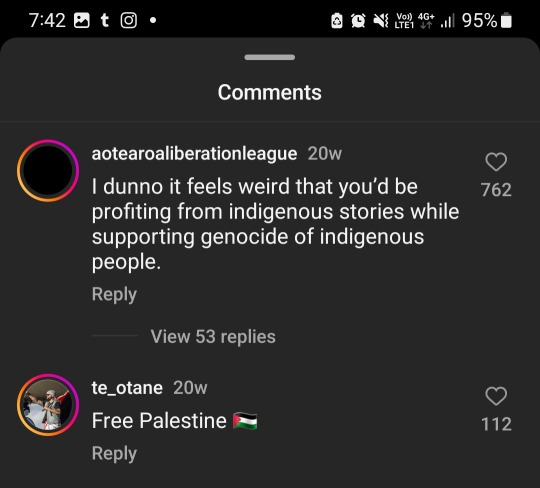


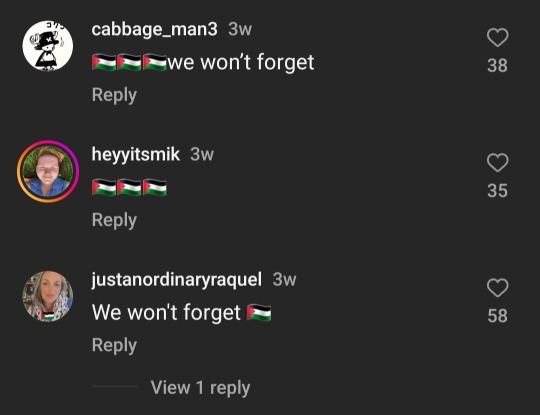

As you can see from the first picture, he is being told that he can no longer make movies sharing Māori experiences because he signed a letter for hostages to he released. A Māori man is being told not to share Māori experiences because he signed a letter for hostages to be released and because he's Jewish.
This is sickening. It's disgusting. It's trying to erase his indigenous experiences as a Māori all because he's Jewish.
All the other comments are also equally gross.
#Māori#Experiencias Māori#Judio#Discriminación#Racismo#Intolerancia#Indígena#Injusticia#Censura#Respeto#Libertad De Expresión#Tolerancia#Diversidad#Cultura#Identidad#Lucha Contra El Prejuicio#Derechos Humanos#Equidad#Justicia Social#Solidaridad#Conciencia Social#Educación#Inclusión#No Al Odio#Denuncia#maori#taika watiti#antisionismo#antisemitismo#Antisionismo
2K notes
·
View notes
Text
DIO INICIO LA SEMANA ESTATAL DE LA CULTURA INDÍGENA Y AFROMEXICANA DE MORELOS.
Este martes inició la semana estatal de la cultura indígena y afromexicana, en coordinación con el Instituto de Pueblos Indígenas y Afromexicanos, en conjunto con la Dirección de Desarrollo Económico del Ayuntamiento de Cuautla, que preside el alcalde Jesús Corona Damian, donde Cuautla orgullosamente fue sede de este arranque de semana cultural, la cual se llevará a cabo en 2 municipios más:…
0 notes